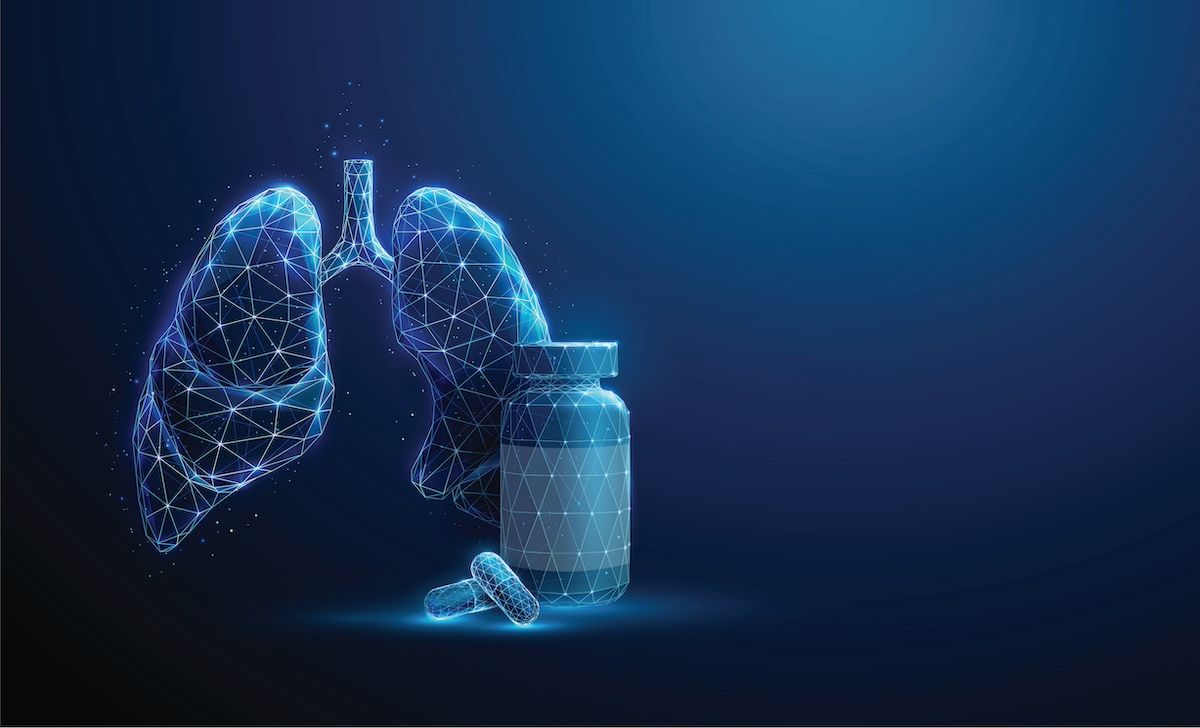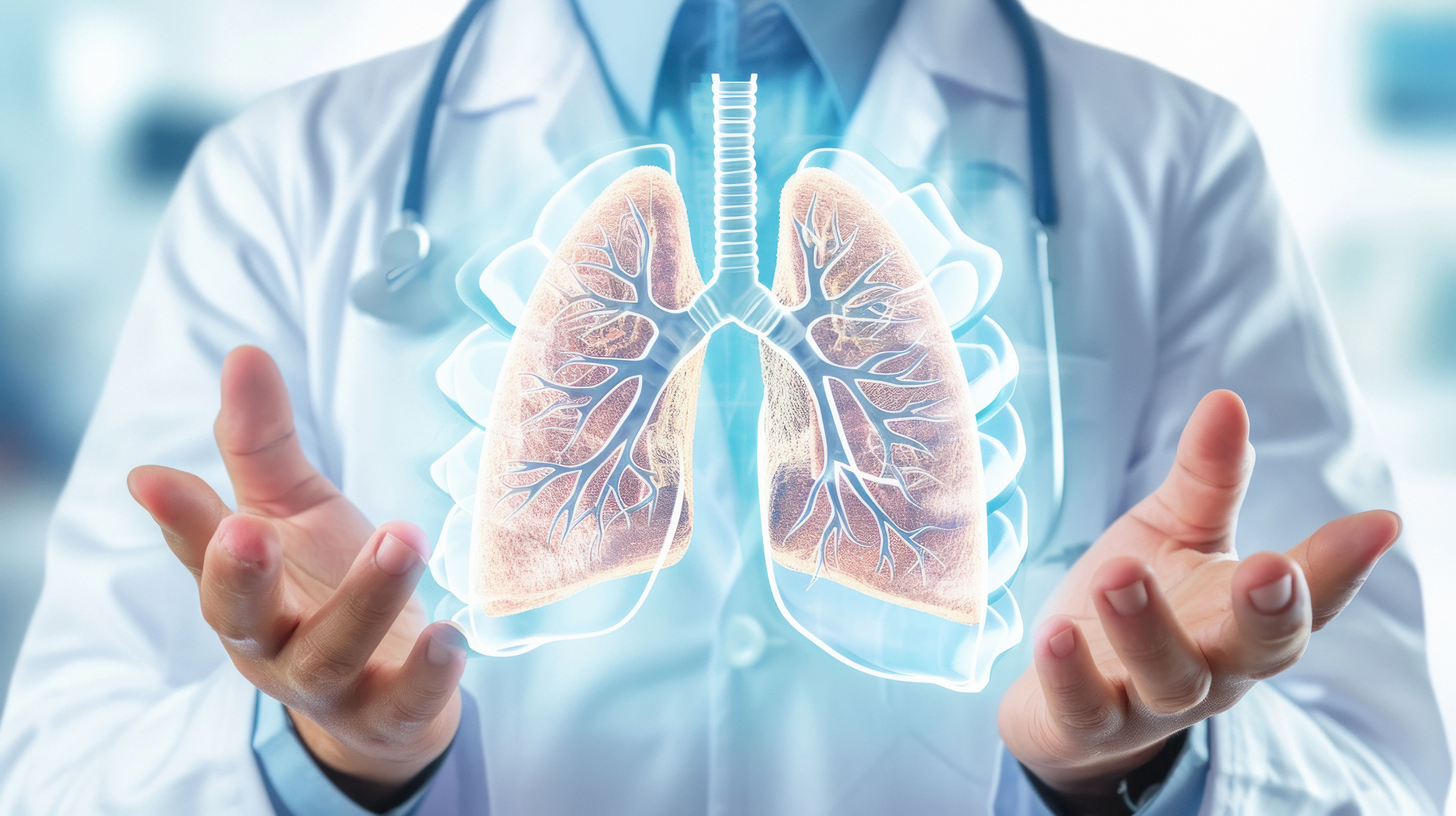Article
Study Recommends DNA Testing to Solve Legionnaires' Disease Outbreaks
Author(s):
A DNA test method called polymerase chain reaction can shave days off the time it takes to detect a Legionnaires' disease outbreak to mere hours and should be implemented by health departments to prevent illness, a new study reported.
A DNA test method called polymerase chain reaction (PCR) can shave days off the time it takes to detect a Legionnaires' disease outbreak to mere hours and should be implemented by health departments to prevent illness, a new study reported.
Legionnaires' disease, a severe form of pneumonia that occurs from inhaling water droplets from water systems contaminated with Legionella bacteria, is the leading cause of death from waterborne outbreaks. An estimated 8000 to 18,000 cases each year in the United States require hospitalization.
The study, published in the April issue of the Journal of Environmental Health, described how New York City health officials were able to identify the source of a Legionnaires' disease outbreak within hours of specimen collection using PCR.
The standard method of bacterial culture generally takes 5 to 10 days for a lab to detect the presence of Legionella bacteria, said co-author Christopher Boyd, a former New York City health official who was in charge of investigating such outbreaks.
"In an outbreak investigation, the ability to identify and mitigate possible sources of exposure is critical to preventing more people from becoming infected. By using PCR, we were able to mitigate risks days earlier than if we had relied on traditional culture methods," said Boyd, who is now general manager of Building Water Health at NSF International, an independent not-for-profit public health and safety organization.
"Our approach likely helped prevent more people from getting sick, because we were responding much sooner," he said in a statement.
With a PCR test, fragments of DNA are run through a machine called a thermocycler, which heats and cools the sample repeatedly to produce multiple copies of these DNA fragments, amplifying them for analysis in just a few hours.
The study described an outbreak in a residential high-rise community in the Bronx, New York, called Co-op City. Eight people became sick.
The possible environmental sources included 2 active cooling towers (used to air condition buildings), a farmer’s market misting system, a community-wide water system used for heating and cooling, and potable water. The PCR results from 1 cooling tower were available within hours, supporting a decision to shut the unit off. An isolate from the power plant cooling tower sample was indistinguishable from a patient sample.
Days later, results from a bacterial culture of the water came back to show the Legionella bacteria in the cooling tower were, in fact, alive.
Boyd said although PCR can confirm the presence of Legionella bacteria in a water sample, it cannot reliably tell whether those bacteria are alive or dead. Only live Legionella bacteria can make people sick.
PCR was used again during a much larger outbreak of Legionnaires' disease in summer 2015 that killed 16 people and sickened more than 100. Another cooling tower was confirmed as the source.
The study, funded by the CDC, concluded that municipalities should have a strategy to deal with Legionnaires' disease outbreaks, including knowing the location of cooling towers. Following the 2015 outbreak, New York City instituted rules for the registration and oversight of all cooling towers.
According to the NSF, Legionnaires' disease outbreaks are almost completely preventable with proper planning and management of building water systems.
An NSF spokesman said the cost of a PCR assay is about $50 to $100 per sample, depending on various factors, and a Legionella culture could cost about $88 to $120.
Reference
Benowitz I, Fitzhenry R, Boyd C, et al. Rapid identification of a cooling tower-associated Legionnaires’ disease outbreak supported by polymerase chain reaction testing of environmental samples, New York City, 2014-2015. J Environ Health. 2018;80(8):8-12. neha.org/node/59815. Accessed April 11, 2018.





